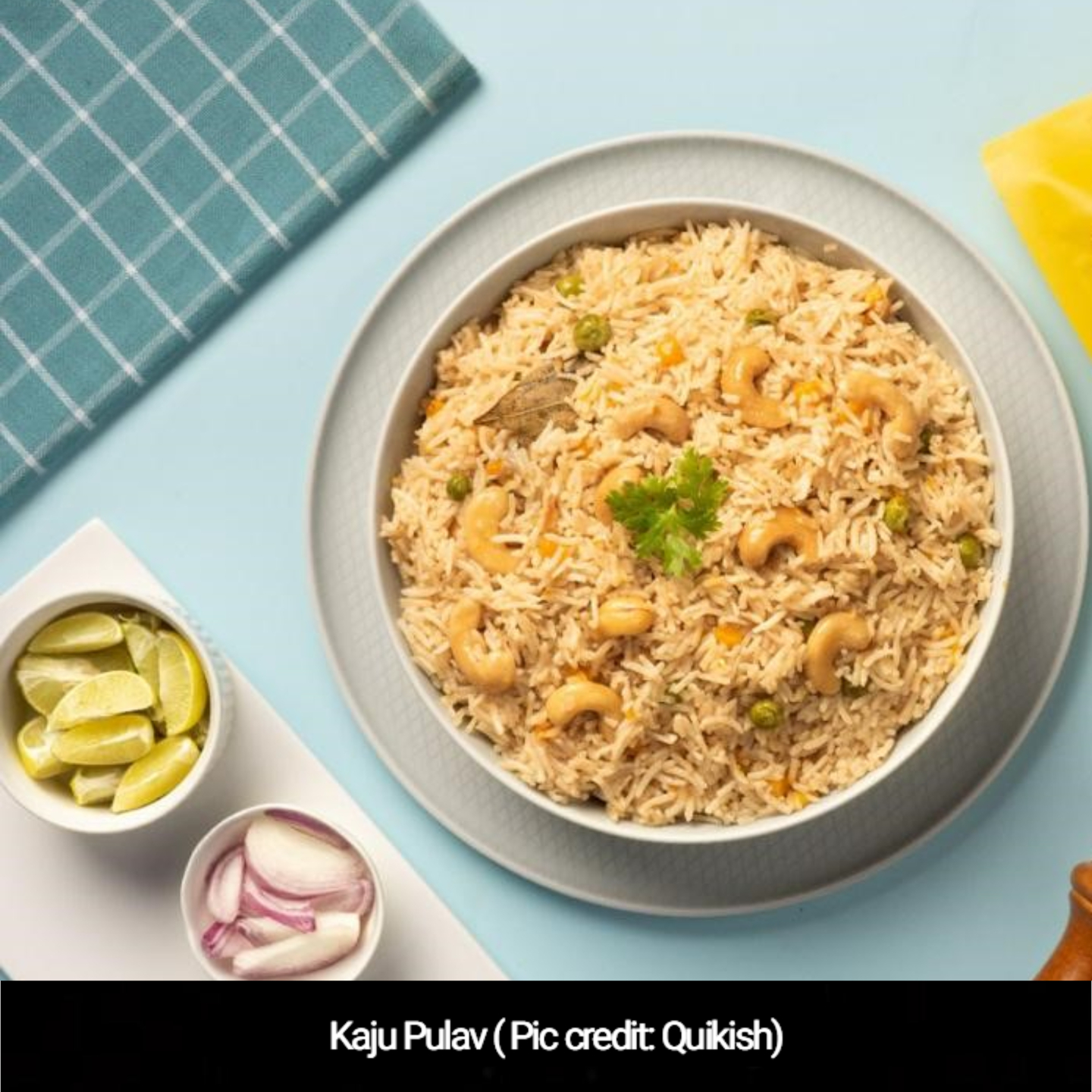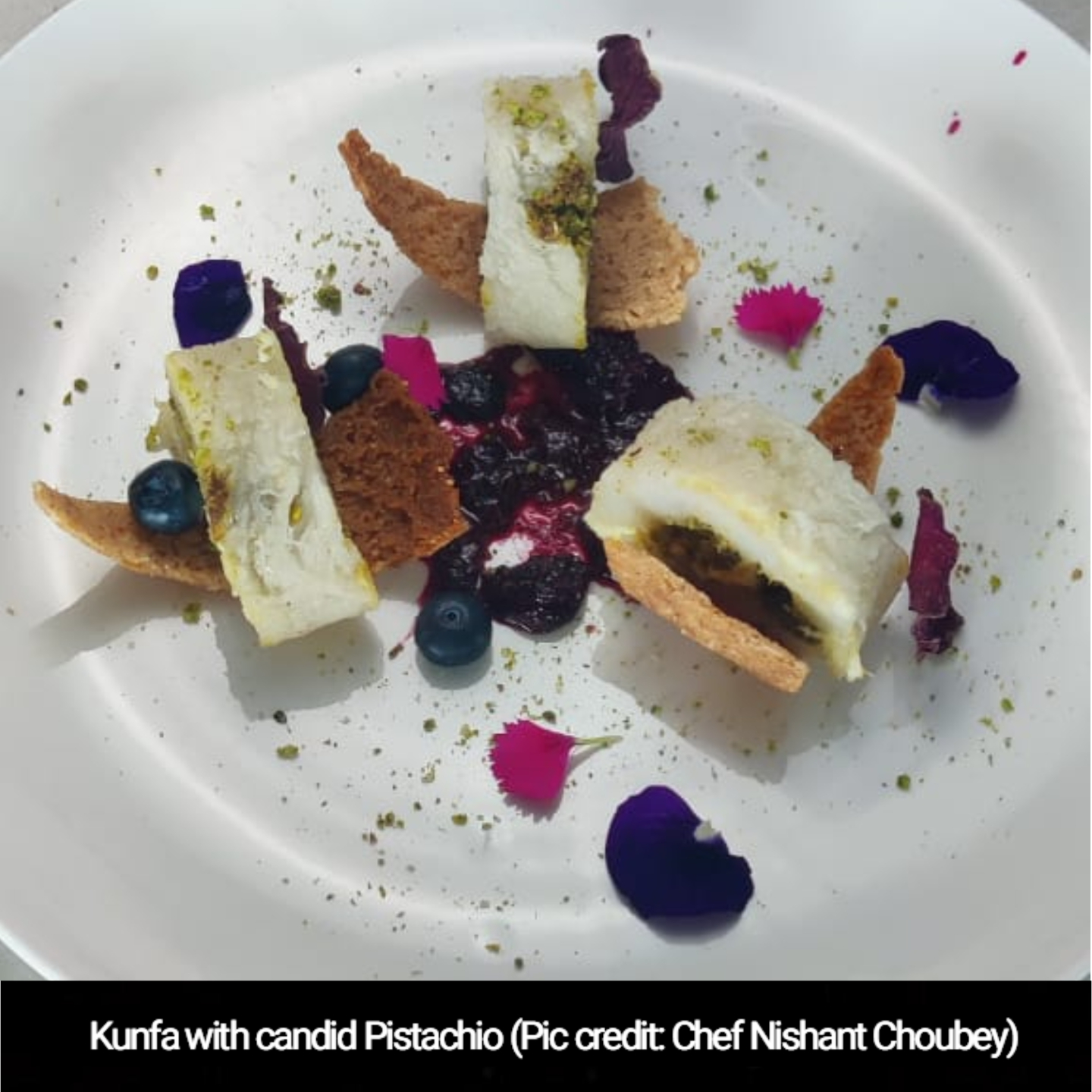by Pushpesh Pant
New Delhi [India], July 30 (ANI): Abdul Haleem Sharar in his classic work ‘Last Phase of an Oriental Culture’ provides a vivid description of the exotic cuisine prepared by the chef employed by the Nawabs of Lucknow. He mentions khichdi cooked with almond slivers and pistachio pieces in place of grains of rice or moong dal. It was so heavy that even a wrestler working on the court could not do more than a couple of mouthfuls after a workout. Nuts have always inspired legend and lore to create a mystery around them.
Since prehistoric times, nuts and seeds along with fruits and roots have provided essential nutrition to humanity. Our hunter-gatherer ancestors relied on them almost as much as they did on the flesh of animals, birds and fish they could trap. As agriculture was mastered and wild grasses and cereals were domesticated, animal husbandry flourished. Nuts and seeds slowly fade into the background. Their use was limited to additives and garnishes. It is only recently that they are enjoying a strong revival and some nuts have even acquired the status of ‘super foods’.
Botanists stress that many nuts cannot be classified as true nuts, but we’ll let that pass. Strictly speaking, a nut is a seed covered with a hard shell. Chestnuts, walnuts, peanuts, pine nuts, pistachios and cashews can all be cited as suitable illustrations. For purists, there is undeniably the Brazil nut. Even the coconut falls into the twilight zone. Most dry fruits in India are named ‘Meva’ and are made with dry fruits like raisins, sultanas, apricots, dates and figs. In recent years, imports have created exotic nuts such as hazel nuts and macadamia nuts for urban Indians.
Not all crazy are born or created equal. In Indian mind pistachios, almonds and cashews are arranged in descending order at the top of the pile. Mostly they are used in making expensive sweets. Some traditional cooks claim that royal gravy was prepared with a paste of almonds and cashews in the royal chefs. The same gravy is used to glorify any vegetarian or non-vegetarian dish. Sometimes the corners are cut and groundnut paste is used to adulterate the ‘shahi’ gravy. Using pine nuts for long grain rice in chilgoje kheer is perhaps the most appealing pudding. Peanuts have always been regarded as a Cinderella of the nut family, once known as ‘china almonds’ (almonds from China) and this was at a time when Chinese and Japanese imports were banned during the colonial period. was considered ‘sub-standard’. , A lowly Punjabi drama once made a scathing remark about a character at the cost of shoddy groundnuts. The pretentious woman was, it was said, ‘a box of peanuts but a box of almonds’.
In the era of globalization the range of nuts available has expanded even when consuming almonds, one can eat honey roasted, pepper roasted or peri peri-tinged almonds. It seems that salted, roasted and fried spiced cashews have lost out on this contest. Surprisingly, peanuts have been re-invented, with many companies selling them in different avatars, deep fried, wrapped in batter or shelled in different flavours. Even Plebian Peanut Salad, the main accompaniment in down-market bars, has entered five-star eateries and has been transformed to become special. Steamed peanuts are served on a bed of crunchy pappar, sprinkled with diced tomatoes and peppers in olive oil and enriched with black and green olives with sun-dried tomatoes.
Salan made of pistachios is believed to be an aphrodisiac recipe made for the hungry of the princes of Patiala. The best quality peanuts came from Kabul and were prized for their delicate color and flavor. Piste ke loongi is at a much higher place than any other barfi. Very little sugar syrup was used to tie the nutty flavor together.
In southern India, cashew remains a favorite nut to add to almost everything from halwa to upma, and cashew curries and cashew pulao on the west coast. This is understandable as it was in Goa where the Portuguese first introduced cashew to India. The Goans also made feni, a delectable alcoholic drink from cashew nuts. No one in India has made a wine like amaretto from almonds, but almond-lacquered shirin has been valued for its medicinal properties for generations.
In Sindh (in undivided India) it was customary to prepare a paste of meju and dry fruits, called majun, to be served to the groom as breakfast the morning after the wedding night.
The nuts have come into their own in the wake of the pace of veganism. Milk made from almonds and cashews – preferred over run-of-the-mill soybean milk. Peanut butter is a popular alternative to its dairy-based counterpart.
Consumers are suddenly becoming interested in the history of various nuts and are curious to know whether scientific research has validated their nutritional claims. The oldest traces of cultivated wild peanuts are found in Peru, about 7600 years old. Cashews are said to be native to northern Brazil and southern Venezuela until they were distributed around the world through colonial expansion. Pistachios are believed to have come from Central Asia, more precisely near Iran and Afghanistan. Archaeological evidence confirms that pistachio seeds were a common food in the region in 6750 BC. Almond fruits found in the tomb of Tutankhamun in Egypt indicate that they were domesticated in the fourth millennium BC. The walnut traveled from the Byzantine Empire (where it was commonly known as the royal walnut) to Kashmir via the silk routes.
A handful of nuts pack a lot of nutrients. One 100 grams of raw peanuts contains about 567 calories, 25 grams of protein, 49 grams of fat. Walnuts are high in micronutrients such as vitamin E, omega-3 and manganese while cashews contain magnesium, zinc, iron, copper and phosphorus. Pine nuts are a great source of monounsaturated, polyunsaturated fats and omega-6s.
All this is reassuring but the price of nuts including peanuts restricts their consumption to the affluent section of the society.
Disclaimer: The views expressed in the above article are those of the author and not the views of ANI. (ANI)
This report is automatically generated from ANI news service. ThePrint assumes no responsibility for its contents.




